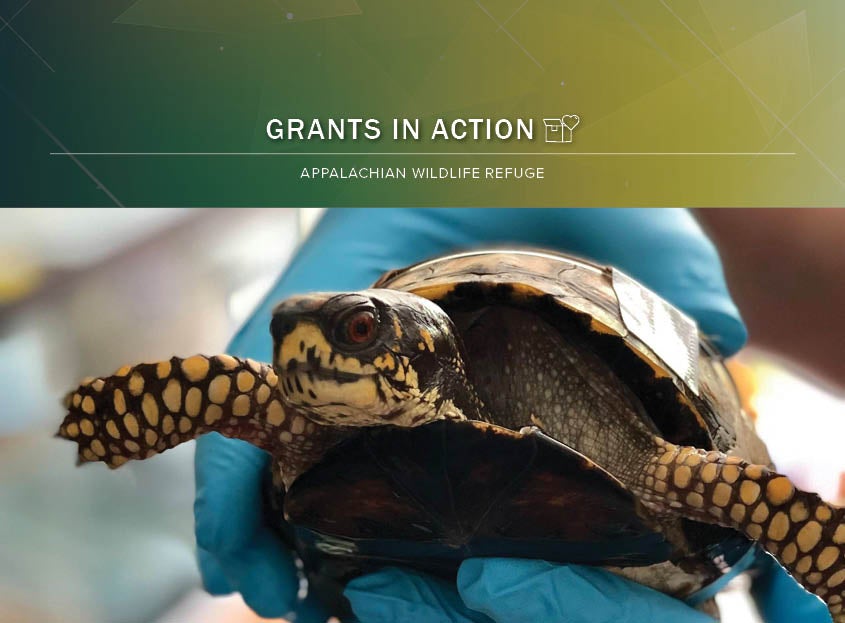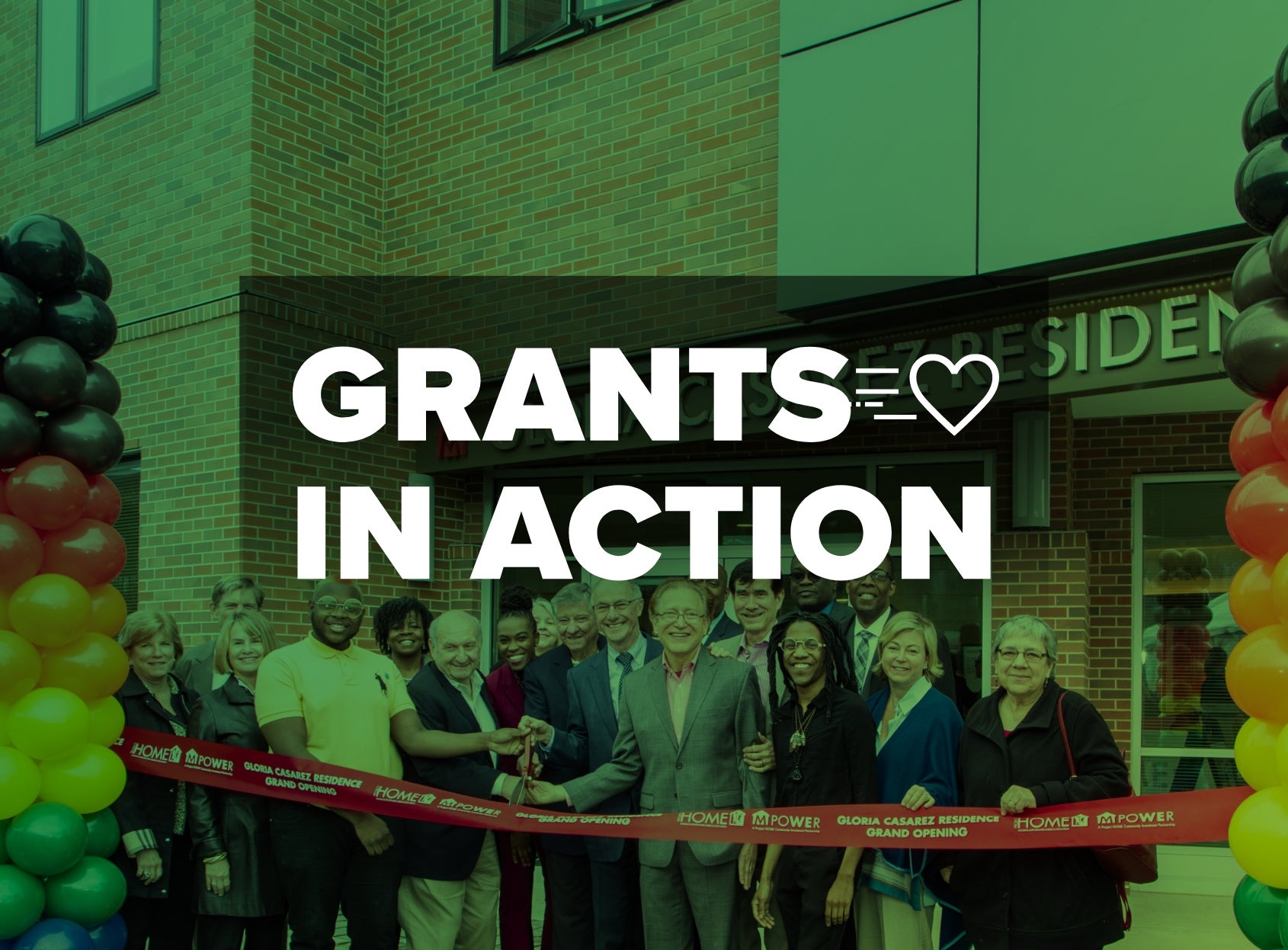How Appalachian Wildlife Refuge Saves Lives Great and Small

Appalachian Wildlife Refuge saves wild lives. That’s not just their motto: it’s their mission. “We save thousands of wildlife each year,” explains the organization’s Development Coordinator, Kerri Conrad.
Headquartered in Candler, North Carolina, near Asheville, this nonprofit coordinates wildlife rehabilitation efforts by providing care for injured and orphaned wildlife, supporting a wildlife rehabilitation network, and offering conservation and environmental education to the community.
Established in 2014, Appalachian Wildlife Refuge serves 21 counties across western North Carolina and helps nearly 150 species of animals native to the region. Rabbits, beavers, opossums, otters, deer, groundhogs, foxes, skunks, bats, raccoons, turtles, toads, frogs, songbirds, waterfowl, squirrels, waterfowl, owls, hawks and bald eagles, the organization has cared for them all. (The latter of which, Conrad says, the rescue team “has had some dramatic moments with these massive birds.”)
That rescue team is part of their small, but mighty organization. Appalachian Wildlife Refuge has three full-time employees, one part-time employee and a core group of volunteers to help with their rescue, rehabilitation, and release efforts. The organization is advised by a team of naturalists, scientists and veterinarians. They also work together on providing conservation education to public schools, as well as running their wildlife emergency hotline seven days a week. The hotline, Conrad reports, receives about 5,000 calls annually.
None of this would be possible without donors. Without the donors, none of the animals would be saved.
With an annual operating budget of just over $250,000, the organization relies heavily on the goodwill of their donors, including those who do planned giving. Currently, donor-advised funds make up about 25% of their funding and helps significantly with their long-term projects, like their bat aviary, which cares for orphaned and injured bats. As Conrad puts it, frankly, “None of this would be possible without donors. Without the donors, none of the animals would be saved.”
This became especially evident, and critical, during the COVID-19 pandemic. Conrad explains that the organization both a decline in donations and accessible volunteers took a toll on their efforts. “There were times when we had to close our facility because we did not have the help,” she says, adding, “We had to change our protocol for accepting animals.”
Still, the organization has evolved around, and adapted to, these obstacles, and dedicated donors have made sure the overall mission of Appalachian Wildlife Refuge stays alive and well. Conrad says that this spirit of giving from donors “means so much” to the organization. Continued donations and funding helps keep the region wild.
NPT is not affiliated with any of the organizations described herein, and the inclusion of any organization in this material should not be considered an endorsement by NPT of such organization, or its services or products. NPT does not provide legal or tax advice. This blog post is for informational purposes only and is not intended to be, and shall not be relied upon as, legal or tax advice. The applicability of information contained here may vary depending on individual circumstances.


